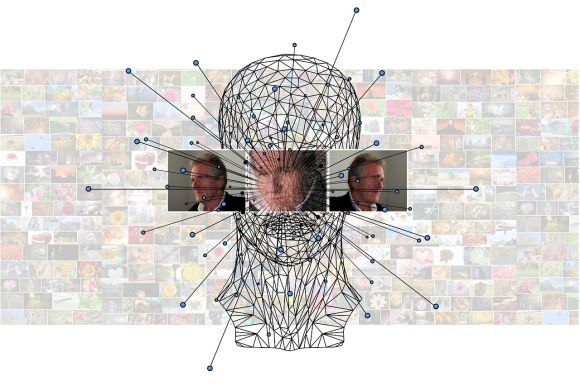Deep learning and neural networks have revolutionized the field of artificial intelligence, enabling machines to learn and make decisions in a way that mimics the human brain. One of the most popular and powerful frameworks for implementing deep learning algorithms is TensorFlow. In this article, we will explore what TensorFlow is, how it works, and why it has become the go-to choice for researchers and developers in the field of deep learning.
What is TensorFlow?
Developed by Google, TensorFlow is an open-source library for numerical computation and large-scale machine learning. It was released in 2015 and has since gained immense popularity due to its flexibility and scalability. TensorFlow allows users to build and train neural networks to solve complex problems such as image recognition, natural language processing, and speech recognition.
Under the Hood
At its core, TensorFlow is a computational framework that uses data flow graphs to represent mathematical operations. These graphs consist of nodes, which represent mathematical operations, and edges, which represent the flow of data between nodes. By constructing a data flow graph, users can define the structure of a neural network and specify how data should be processed.
TensorFlow also supports automatic differentiation, which is a mathematical technique used to compute the gradients of a function with respect to its input variables. This is essential for training neural networks, as it allows the framework to adjust the weights and biases of the network based on the error between the predicted and actual outputs.
Why TensorFlow?
1. Flexibility: TensorFlow offers a high level of flexibility, allowing users to build and customize their own neural network architectures. Whether you’re working on a simple task or a complex problem, TensorFlow provides the tools and resources needed to design and implement a neural network that meets your specific requirements.
2. Scalability: TensorFlow is designed to scale from a single machine to large clusters of machines, making it ideal for training deep learning models on large datasets. By distributing the computation across multiple devices or machines, TensorFlow enables researchers and developers to take advantage of parallel processing and train models faster.
3. Community and Ecosystem: TensorFlow has a vibrant and active community of researchers and developers who contribute to its development and provide support. The TensorFlow ecosystem also includes a wide range of pre-trained models, tools, and libraries that can be used to accelerate development and reduce the time and effort required to build and deploy deep learning applications.
4. Integration: TensorFlow integrates seamlessly with other popular libraries and frameworks such as Keras, a high-level neural networks API, and TensorFlow Extended (TFX), a production-ready platform for deploying machine learning models. This integration makes it easier for developers to leverage existing tools and frameworks when working with TensorFlow.
In Conclusion
TensorFlow has emerged as a leading framework for deep learning and neural networks due to its flexibility, scalability, and extensive ecosystem. Whether you’re a researcher, developer, or enthusiast, TensorFlow provides the tools and resources needed to explore and implement cutting-edge deep learning algorithms. With its powerful capabilities and active community, TensorFlow continues to push the boundaries of what is possible in the field of artificial intelligence.





